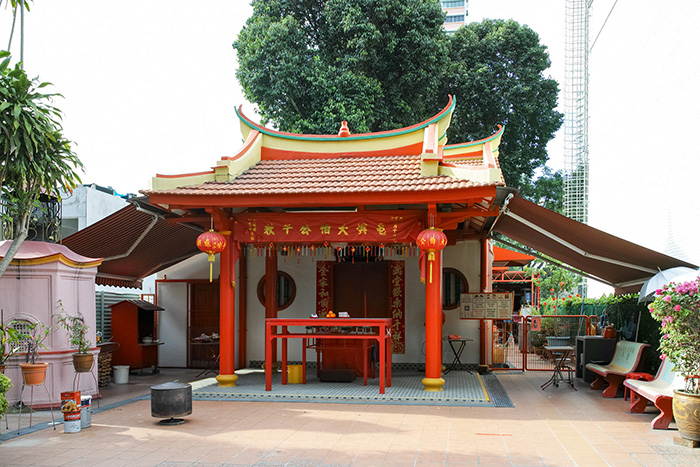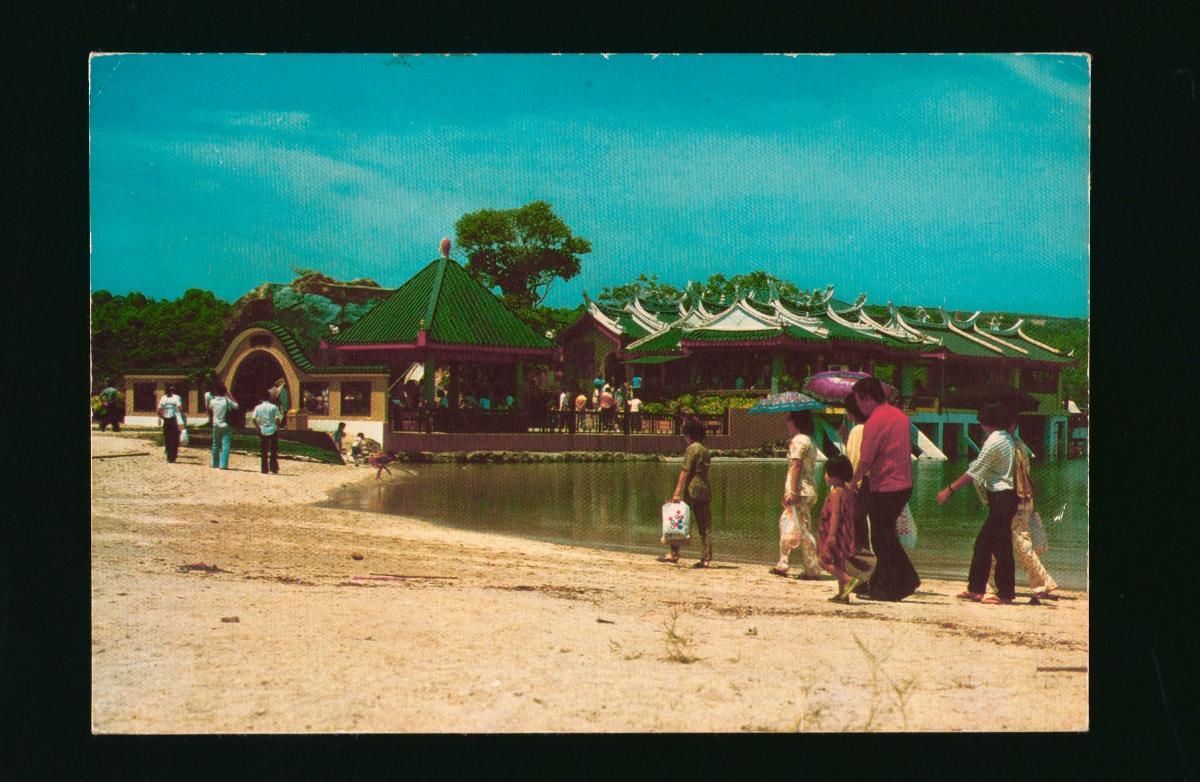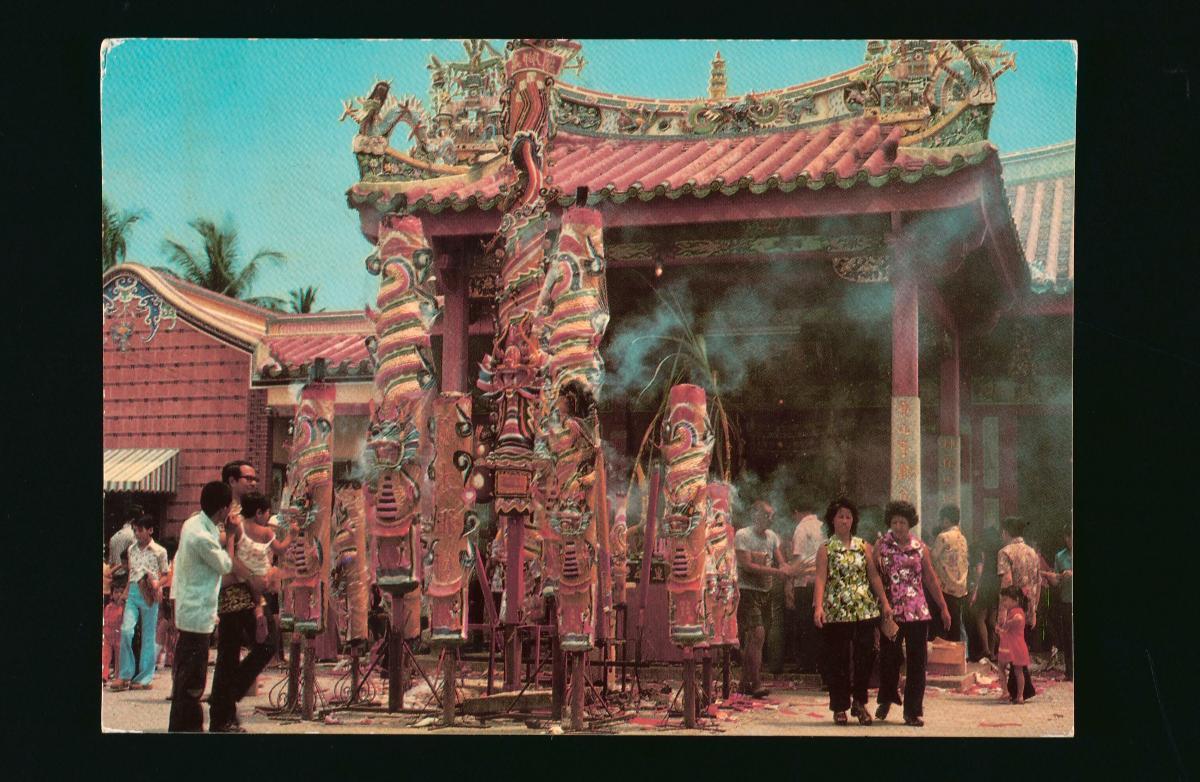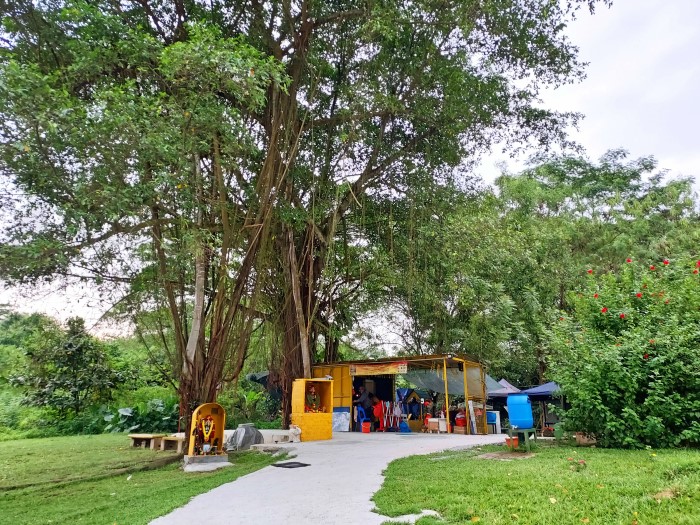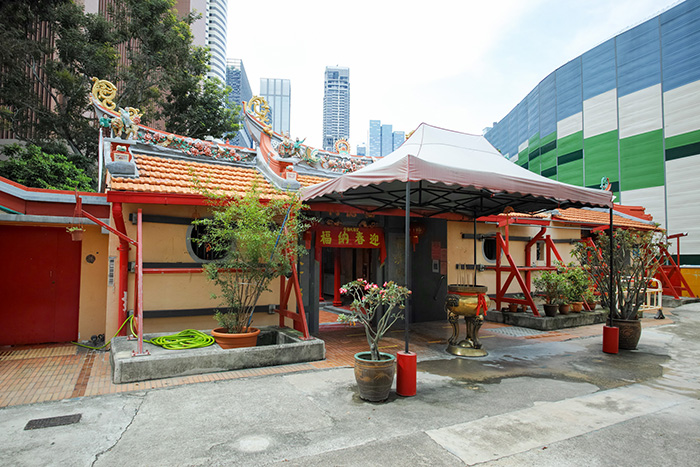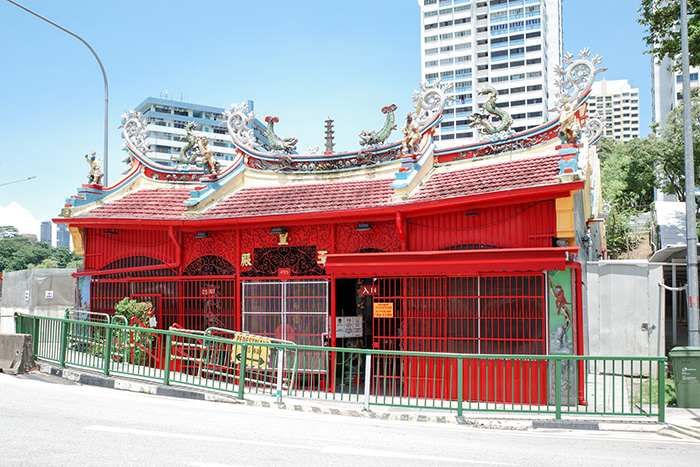The story of how Hock Teck Tong Temple came to be built begins with its ties to Kusu Island.
The Kusu Island Tua Pek Kong Temple started as a shrine in the mid-1860s. Various legends surrounding the origins of Tua Pek Kong in Kusu Island point to the sacred nature of the deity. A common thread among various versions of these stories is that they often describe miraculous encounters of a Malay and a Chinese man.
Kusu Island attracts both Chinese and Malay devotees, and the island became a symbol of racial harmony. During the pilgrimage, Chinese devotees would also take part in worship at the Malay keramats. After visiting the temple, they would climb up a hill to visit the Kusu keramat, where blessings by caretakers are chanted in Hokkien and Malay. At both the temple and the keramat, devotees would burn joss paper and other offerings.
In those years, however, travelling to Kusu Island in a small boat was difficult, and many devotees could not make the journey. This prompted the decision to bring the Xiang Huo (香火) of Kusu Island temple to Singapore’s mainland to set up a temple.
Hock Teck Tong Temple was thus built and was supposedly founded in 1932. According to a 1983 Lianhe Zaobao article, the temple’s founder was the father of Hu Si Fan, the temple’s manager at the time.
Architectural Style and worship
At first glance, Hock Teck Tong Temple appears to be a typical Chinese temple. If you observe closely, you would notice that the temple follows traditional Southern Chinese temple architecture. This is reflected in the upturned eaves (also known as swallowtails) at the ends of the temple’s roof ridge and in its spatial layout.
The temple’s main building has a double-pitch roof with a gourd-shaped sculpture at the centre of the roof ridge. The building has a spacious front yard surrounded with plants and a single-storey pagoda where devotees can burn their offerings to the deities.
Other than worshipping Tua Pek Kong—the temple’s main deity—other deities such as Ma Zu (妈祖), and Hu Ye (虎爷) are worshipped too.
Buildings and sites featured on Roots.gov.sg are part of our efforts to raise awareness of our heritage; a listing on Roots.gov.sg does not imply any form of preservation or conservation status, unless it is mentioned in the article. The information in this article is valid as of March 2020 and is not intended to be an exhaustive history of the site/building.




